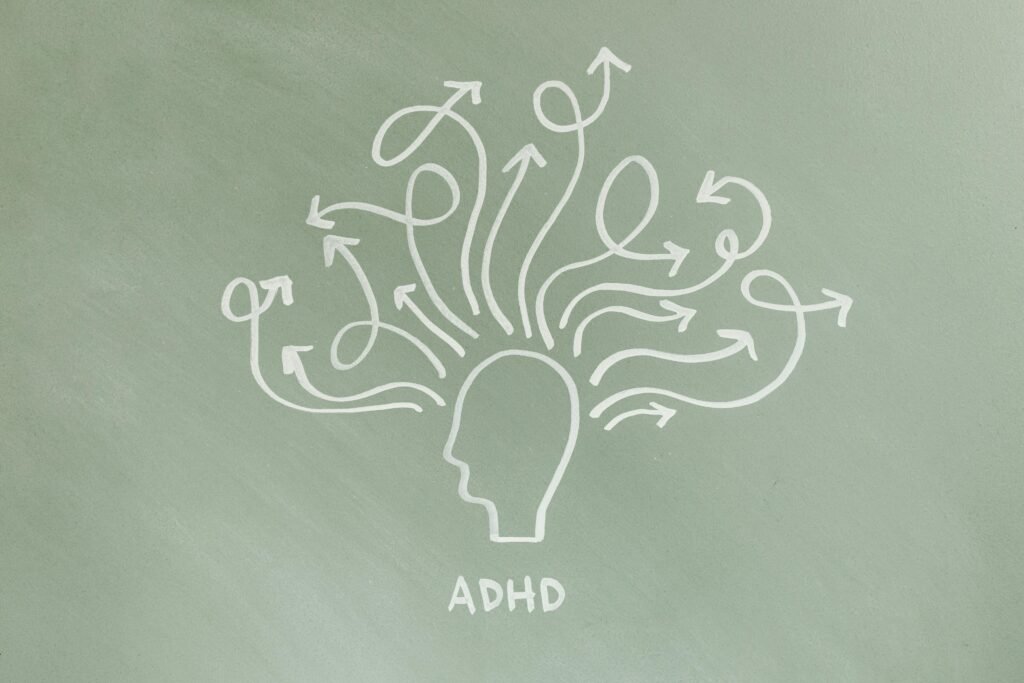Understanding Disruptive Behavior Disorders: A Guide for Parents and Teachers
Disruptive behavior disorders are a group of conditions that include Oppositional Defiant Disorder (ODD), Conduct Disorder (CD), and Attention-Deficit/Hyperactivity Disorder (ADHD). These disorders can significantly impact a child’s behavior, social interactions, and academic performance. In this article, we’ll explore what these disorders are, how they’re diagnosed, and what tools like the Disruptive Behavior Disorders Rating Scale (DBDRS) can do to help identify and manage them.
What Are Disruptive Behavior Disorders?
Disruptive behavior disorders are characterized by behaviors that disrupt the normal functioning of a child’s life. Let’s break down each of these disorders:
- Oppositional Defiant Disorder (ODD): This disorder involves a pattern of negative, hostile, and defiant behavior. Children with ODD often argue with adults, deliberately annoy people, and refuse to comply with requests[1][3].
- Conduct Disorder (CD): This is a more severe disorder where children may engage in behaviors like aggression towards people or animals, destruction of property, deceitfulness, or theft[1][3].
- Attention-Deficit/Hyperactivity Disorder (ADHD): While not strictly a “disruptive” behavior disorder, ADHD involves symptoms of inattention, hyperactivity, and impulsivity. It’s often considered alongside ODD and CD because it can also disrupt daily functioning[1][3].
Diagnosing Disruptive Behavior Disorders
Diagnosing these disorders involves observing specific behaviors over time. Here’s how it typically works:
- Observation and Reporting: Parents and teachers are often asked to report on a child’s behavior using tools like the DBDRS. This scale helps identify symptoms of ODD, CD, and ADHD by rating behaviors on a scale from “not at all” to “very much”[1][3].
-
Symptom Counting: For a diagnosis, a certain number of symptoms must be endorsed as “pretty much” or “very much.” For example, to meet the criteria for ODD, at least four specific behaviors must be observed[1][3].
-
Comparison to Norms: Another method involves comparing a child’s scores to established norms. This can help determine if a child’s behavior is significantly different from what is considered typical[1][5].
The Disruptive Behavior Disorders Rating Scale (DBDRS)
The DBDRS is a powerful tool used by parents and teachers to assess disruptive behaviors. It includes questions about various behaviors, such as arguing with adults, lying, or engaging in physical fights. Each behavior is rated on a scale:
- Not at all (0)
- Just a little (1)
- Pretty much (2)
- Very much (3)
To meet the criteria for a disorder, certain behaviors must be rated as “pretty much” or “very much”[1][3].
Managing Disruptive Behavior Disorders
Managing these disorders often involves a combination of behavioral therapy, educational support, and sometimes medication. Here are some strategies that can help:
- Behavioral Therapy: This involves teaching children new ways to behave and interact with others. Techniques like positive reinforcement can encourage positive behaviors.
-
Educational Support: Schools can provide accommodations to help children with these disorders succeed academically. This might include extra time to complete assignments or a quiet workspace.
-
Medication: In some cases, medication may be prescribed to help manage symptoms, especially for ADHD.
Conclusion
Disruptive behavior disorders can be challenging for both children and their families. However, with the right tools and support, it’s possible to manage these conditions effectively. The DBDRS is one such tool that helps identify behaviors that might indicate a disorder. By understanding these disorders and how they’re diagnosed, parents and teachers can work together to provide the best possible support for children.
References
[1] PhenX Toolkit: Disruptive Behavior Disorders Rating Scale
[2] How To Write An SEO Optimized Blog Post
[3] Evidence-based assessment/Instruments/Disruptive behavior disorders rating scale
[4] The Ultimate Blog Post Checklist
[5] Parent / Teacher DBD Rating Scale
Behavioral Therapy for Disruptive Behavior Disorders
Educational Support for Children with Disruptive Behavior Disorders
Medication for ADHD and Other Disruptive Behavior Disorders
SEO Optimized Title: “Understanding Disruptive Behavior Disorders: A Guide for Parents and Teachers on Diagnosis and Management”

